Trigger Finger Release
Also known as: Trigger Finger Surgery, Trigger Digit Release
Trigger Finger Release is a surgical procedure aimed at addressing a condition known as trigger finger, or stenosing tenosynovitis. Trigger finger occurs when the flexor tendon becomes inflamed or thickened, causing pain, clicking, catching, or locking of the affected finger or thumb during movement. Trigger Finger Release involves widening the affected tendon sheath to allow smooth gliding of the tendon, alleviating symptoms and restoring normal finger movement.
Payment plans are available for Trigger Finger Release. For more information click here.
What To Expect With Trigger Finger Release
Hospital stay: 1-2 days, Surgery time: 2-4 hours, Anaesthetic: General Anaesthesia
A small incision is made at the base of the affected finger or thumb, providing access to the flexor tendon sheath. The surgeon carefully divides or releases the constricted portion of the tendon sheath, allowing the flexor tendon to move freely without catching or locking. The incision is closed with sutures or adhesive strips, and a sterile dressing may be applied to the surgical site.
Trigger Finger Release Recovery
Patients may experience mild discomfort, swelling, and stiffness in the affected finger or thumb following the procedure, which can be managed with over-the-counter pain medication and proper wound care. A splint or finger brace may be worn for a brief period after surgery to immobilise the finger and facilitate healing. Gentle exercises and stretching may be recommended to improve range of motion and strength in the affected finger or thumb. Most patients can resume light activities within a few days to weeks, although strenuous activities involving the hand may need to be avoided for a longer period.
Trigger Finger Release Risks
While Trigger Finger Release is generally safe, damage to the digital nerves or surrounding structures may occur, resulting in temporary or permanent sensory deficits. There is a risk of infection at the surgical site, which may require antibiotic treatment. Scarring may develop at the incision site, particularly if the wound does not heal properly. In some cases, symptoms of trigger finger may recur if the underlying cause of tendon constriction is not adequately addressed.
The following surgeons perform Trigger Finger Release:
If an overnight stay is required, there will be an additional fee of £500 per night.




